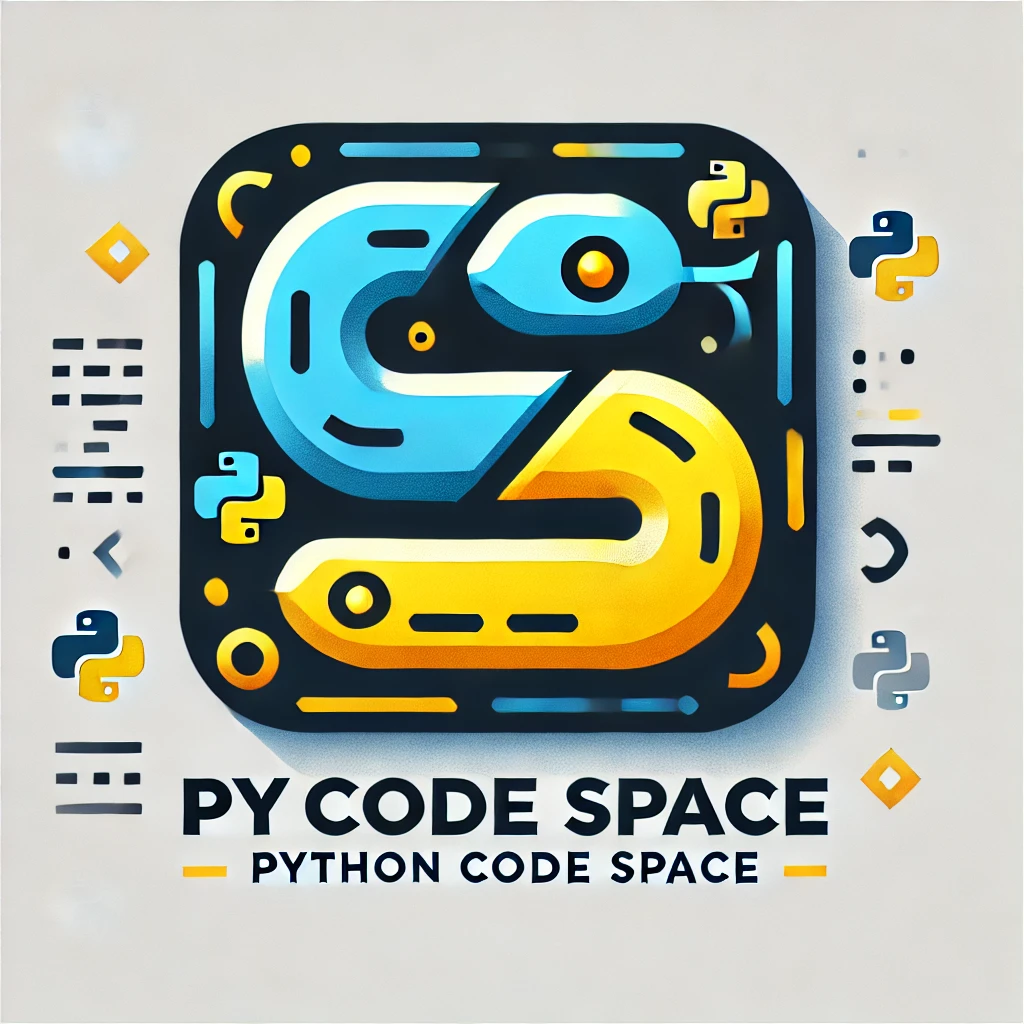Category: Python Basics
-
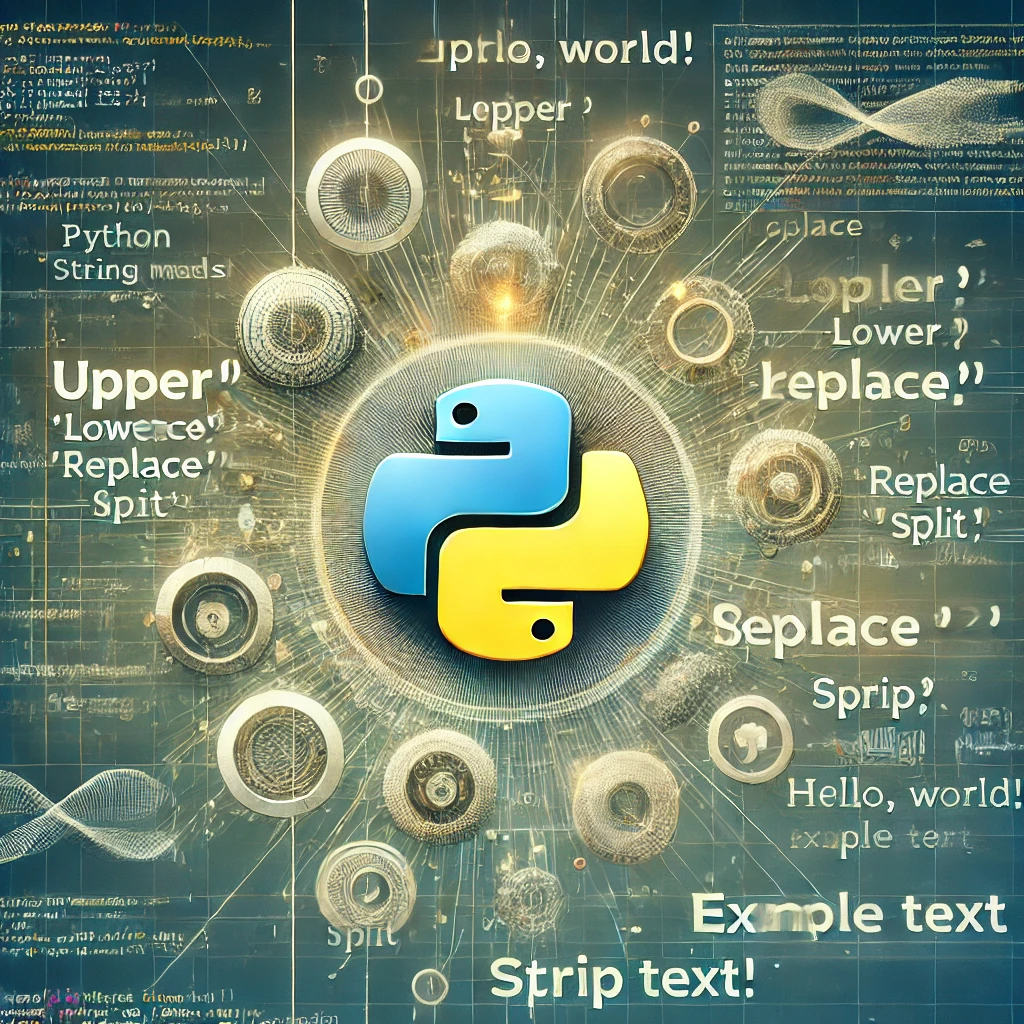
Strings in Python Programming: An In-depth Guide
Strings are a fundamental data type in Python, representing sequences of characters. They can be created using single, double, or triple quotes and support various operations like indexing, slicing, and concatenation. Python strings are immutable, meaning once created, they can’t be modified directly. To manipulate strings, Python provides numerous methods such as `.upper()`, `.split()`, and…
-
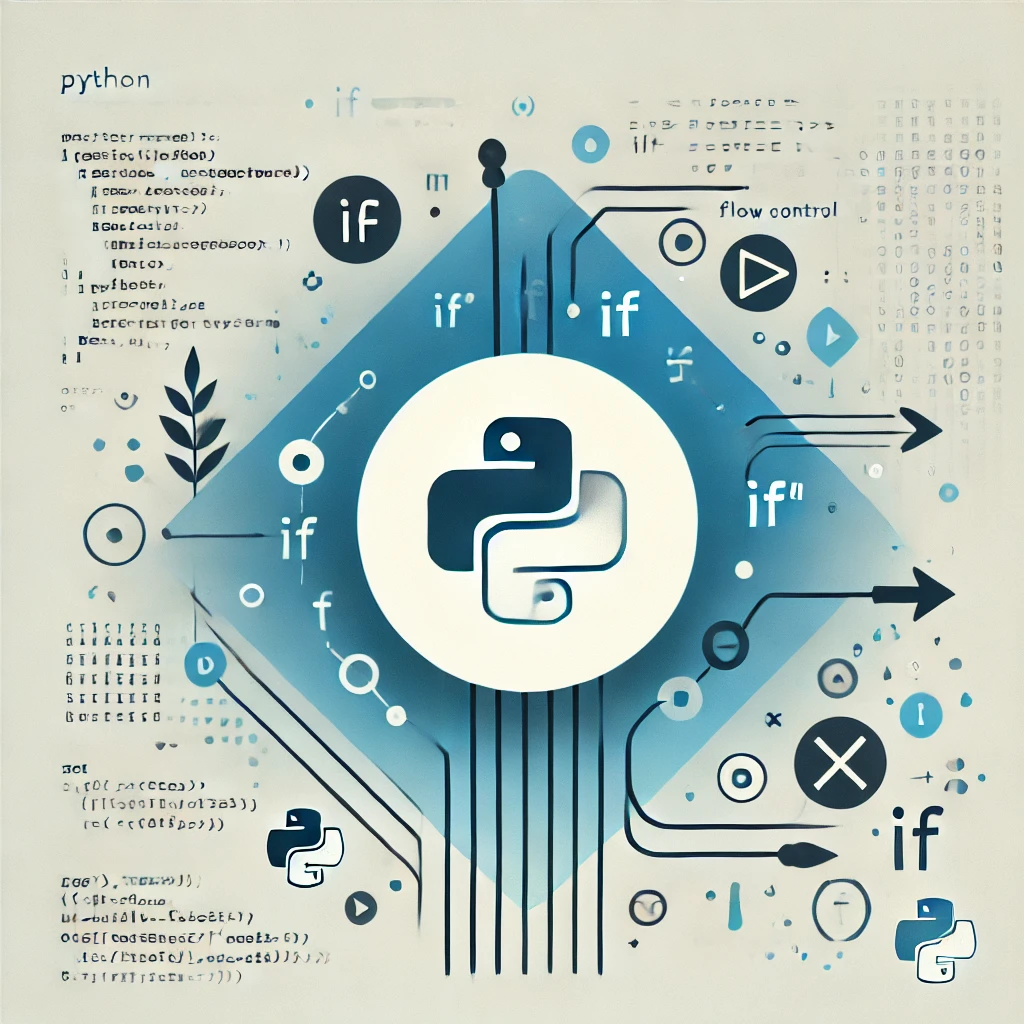
If Condition in Python Programming: A Comprehensive Guide
Explore the fundamentals of Python’s ‘if’ condition through this modern visualization, highlighting key concepts of flow control and decision-making in code
-
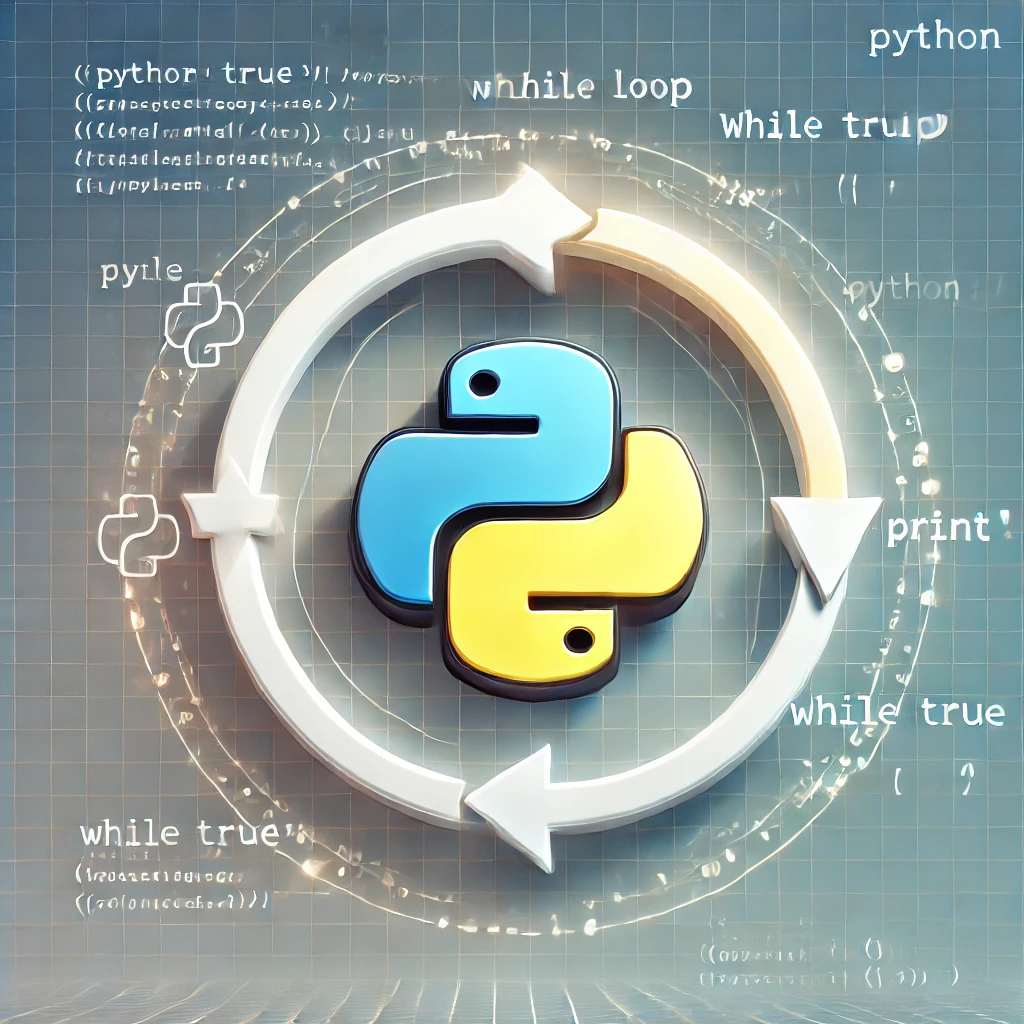
The Comprehensive Guide to While Loop in Python Programming
A visual guide to the Python ‘while loop’, showcasing how it repeatedly executes code while a condition remains true, helping beginners grasp the concept easily.
-
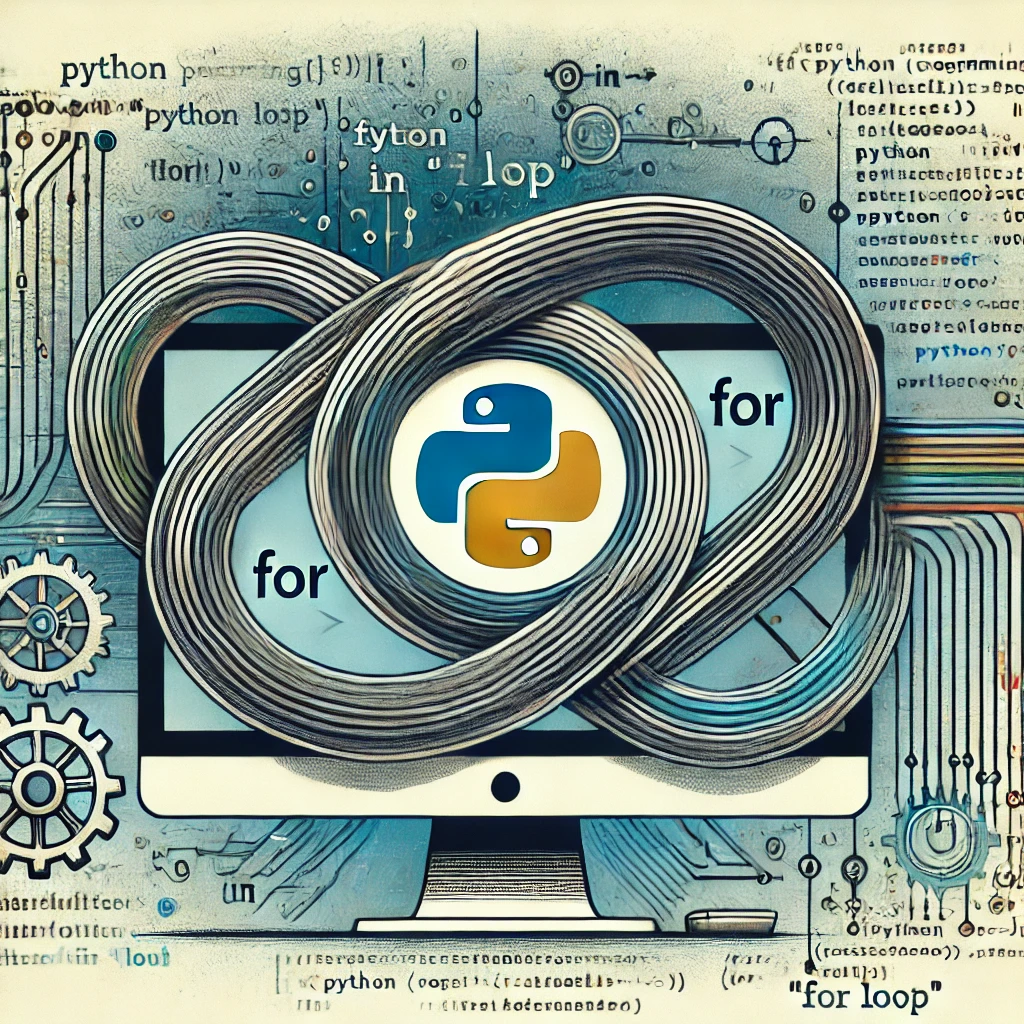
The Comprehensive Guide to ‘For Loop’ in Python Programming
Discover how to harness the full potential of Python’s ‘for loop’ in this step-by-step guide. Learn to iterate over various data structures, automate tasks, and write more efficient code with practical examples and expert tips.
-
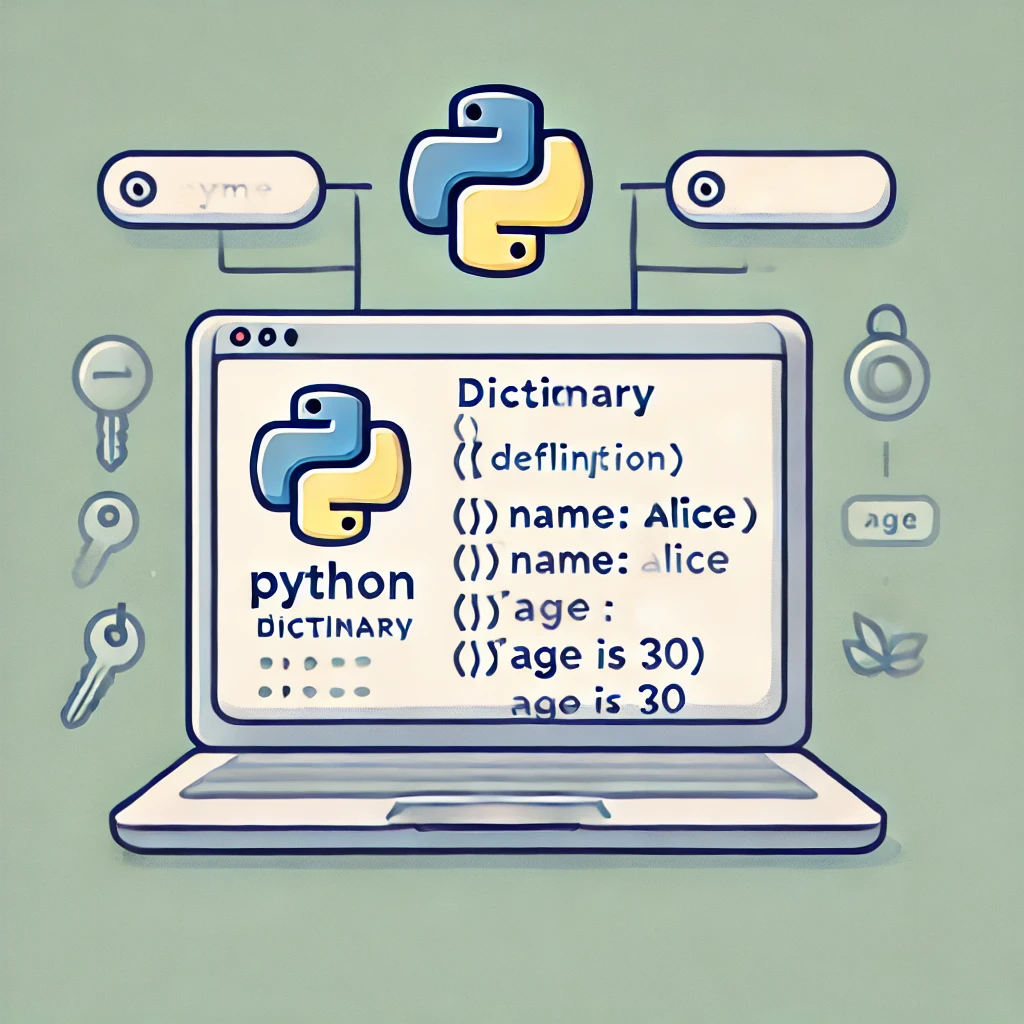
Dictionary in Python Programming: A Comprehensive Guide
**Excerpt:** In Python programming, a **dictionary** is a versatile data structure that allows you to store data as key-value pairs, making it easy to retrieve values based on unique keys. Unlike lists, which are ordered collections, dictionaries are unordered and mutable, providing flexibility in handling dynamic data. For example, a dictionary can store information about…
-
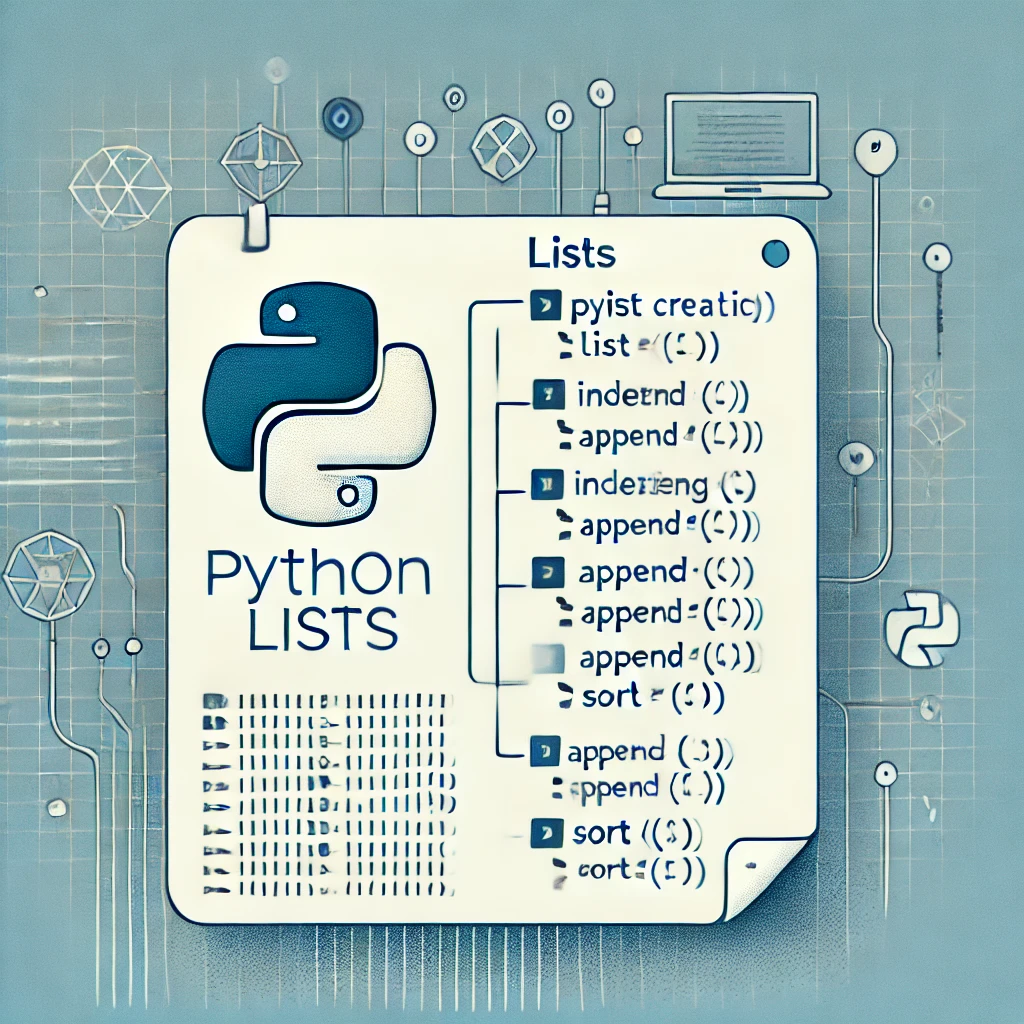
List in Python Programming: A Comprehensive Guide
Lists are one of the most versatile and widely used data structures in Python. A list is an ordered collection of items that can hold elements of different data types, such as integers, strings, or even other lists. In Python, lists are mutable, meaning they can be modified after creation—whether it’s adding, removing, or rearranging…
